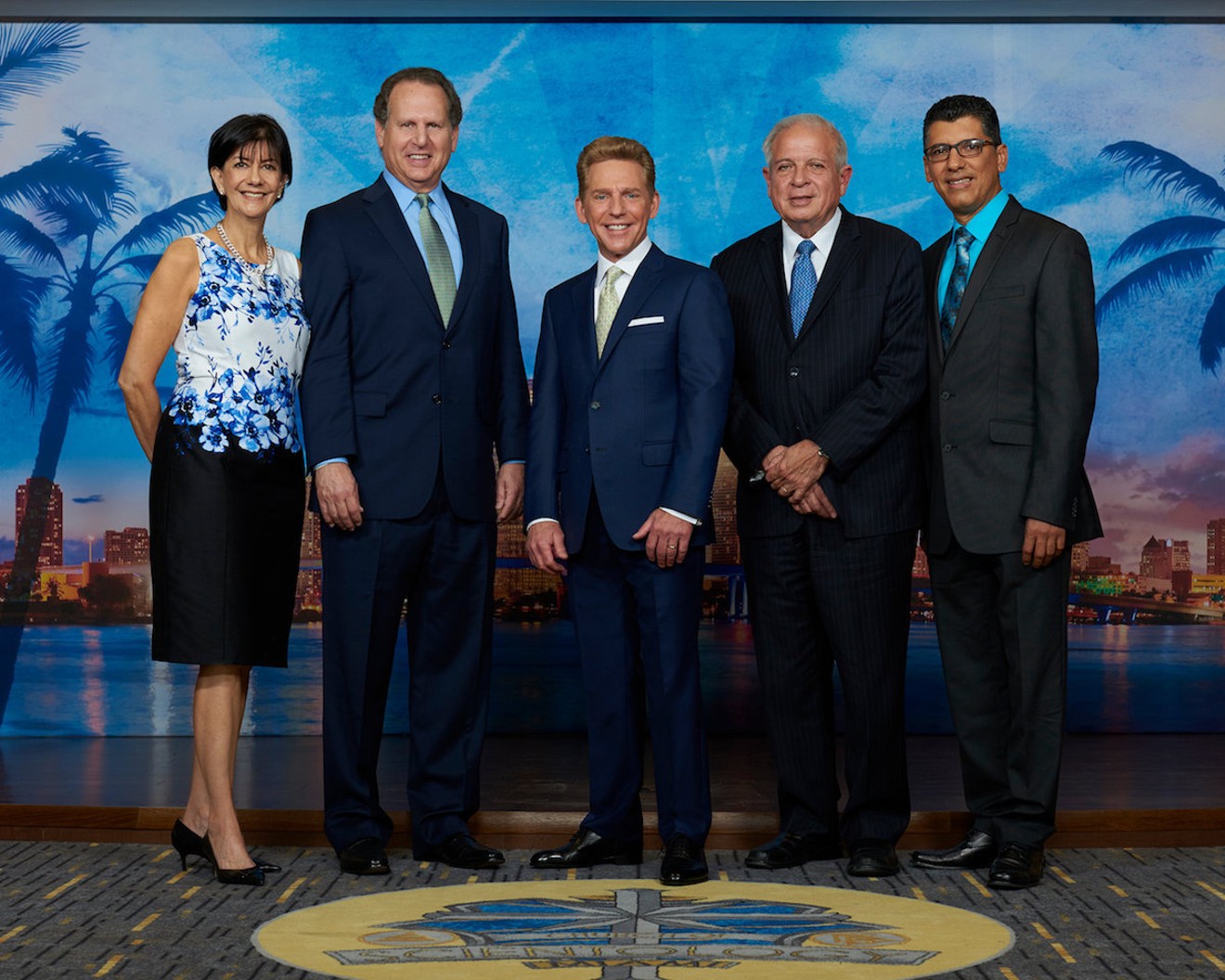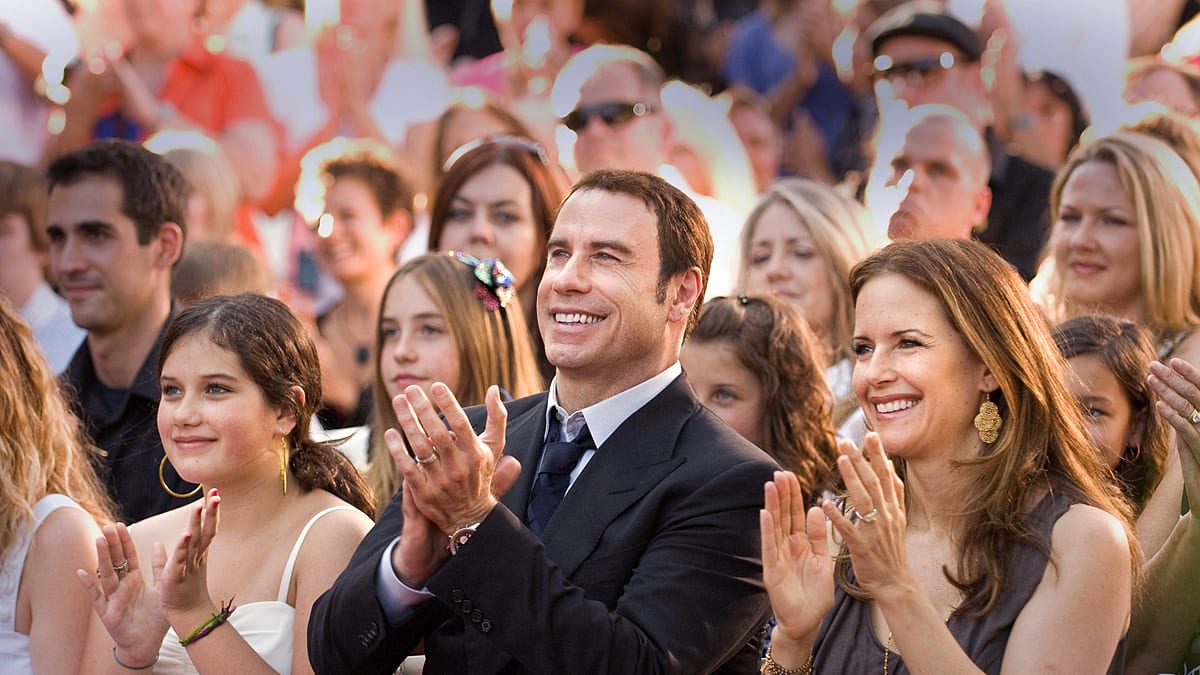A Newbie's Guide to Scientology: What You Need to Know

Beginnings and Background
The origins and background of Scientology trace back to the very early 1950s when L. Ron Hubbard, a respected sci-fi writer, established this spiritual activity. Hubbard originally developed a self-help system called Dianetics, which acquired appeal and at some point advanced right into what is currently referred to as Scientology. The official Church of Scientology was established in 1954 in Los Angeles, California, with the magazine of Hubbard's publication "Dianetics: The Modern Science of Mental Health And Wellness."
For many years, Scientology has actually encountered both appreciation and conflict (Scientology). Followers of Scientology think in the principle of thetans, never-ceasing souls present in every individual. The church's teachings concentrate on spiritual recovery and achieving a state of clear, complimentary from distressing experiences and adverse feelings
Regardless of its development worldwide, Scientology has gone through objection concerning its practices, economic transparency, and therapy of members. The church has been entailed in different lawful fights and disputes, adding to its combined online reputation in the public eye. Nonetheless, Scientology remains a significant spiritual motion with a dedicated following.
Core Beliefs and Practices
Structure upon the historical structure of Scientology, the core beliefs and practices of this spiritual activity explore the basic principles guiding its fans towards spiritual knowledge and individual development. At the heart of Scientology is the belief that every person is an immortal soul, known as a thetan, that has lived via many past lives. Through the technique of auditing, a type of spiritual therapy, followers intend to clear themselves of adverse experiences and emotions that impede their spiritual development. Central to Scientology is the pursuit of a state called "Clear," where people attain an enhanced level of understanding and self-realization.
An additional trick aspect of Scientology is the focus on the principle of characteristics, which represent various facets of life that a person is aiming to survive throughout. These characteristics consist of the self, family, teams, humanity, all life types, the physical universe, spirituality, and infinity. By recognizing and stabilizing these dynamics, fans seek to attain harmony and success in all locations of their lives. The core methods of Scientology, including bookkeeping and studying the trainings of L. Ron Hubbard, are developed to assist people achieve spiritual gratification and lead an extra satisfying existence.
Creator and Management
Within Scientology, the founder and management play critical duties fit the instructions and techniques of this spiritual movement. L. Ron Hubbard, a sci-fi writer, started Scientology in the very early 1950s. Hubbard developed a collection of ideas and methods that create the foundation of Scientology, consisting of the concept of the immortal spirit, called the thetan, and the procedure of auditing to help people overcome past traumas and get to a state of spiritual knowledge known as Clear.
The Church of Scientology go to this site is currently led by David Miscavige, who took control of management after Hubbard's fatality in 1986. As the Chairman of the Board of the Religious Technology Center, Miscavige is accountable for looking after the dissemination of Scientology trainings, ensuring the basic practice of bookkeeping, and managing the church's international procedures.
The leadership within Scientology is extremely central, with strict adherence to the policies and teachings established by Hubbard. The authority of the management is maintained via an ordered framework that controls the church's tasks and outreach efforts.
Criticisms and debates
Among the structured pecking order and adherence to L. Ron Hubbard's trainings exists a realm of objections and controversies bordering Scientology's methods and effect. Among the most considerable criticisms of Scientology is its classification as a cult by some previous members and different professionals. Critics suggest that the organization employs manipulative and forceful tactics to retain members and essence money from them with expensive courses and solutions.
Another controversial element is the practice of interference, where members are motivated to reduce ties with family members and friends who are critical of Scientology - Scientology. This plan has actually brought about many individual misfortunes and has actually been widely condemned as unsafe and disruptive
Additionally, Scientology's secretive nature and hostile lawful methods versus critics and previous participants have actually sparked problems concerning transparency and freedom of speech. The company's tax-exempt standing as a religious beliefs in some visit this web-site countries has actually likewise been a topic of controversy, with doubters doubting the authenticity of its religious claims. These conflicts and criticisms continue to fuel debates about the principles and practices of Scientology.
Impact and Existence
With its considerable network of churches and outreach programs, Scientology has grown a significant influence and visibility in numerous communities worldwide. The Church of Scientology, founded by L. Ron Hubbard in the 1950s, has actually developed itself as a distinctive religious next page activity with a global reach. Via their churches, goals, and area programs, Scientology has actually intended to spread its trainings and methods to people looking for spiritual enlightenment and personal growth.

In addition to its physical existence, Scientology's impact can be observed in different areas, including amusement, education, and altruistic endeavors. Noticeable members of the amusement market have actually publicly supported Scientology, bringing more exposure to the religion. The Church's social programs, such as medication rehab campaigns and catastrophe relief efforts, have additionally added to its influence in communities around the world.
Conclusion
Finally, Scientology's origins trace back to the trainings of L. Ron Hubbard, emphasizing spiritual development and self-improvement via bookkeeping and training. In spite of objections and debates bordering the company, Scientology continues to have a global existence and impact on its followers. The core ideas and techniques of Scientology form the way its members connect with the globe around them, adding to the recurring argument about the credibility and influence of this questionable religion.
Building upon the historical structure of Scientology, the core beliefs and techniques of this spiritual movement dive right into the fundamental principles guiding its followers in the direction of spiritual enlightenment and individual development. The core methods of Scientology, consisting of auditing and researching the mentors of L. Ron Hubbard, are developed to aid individuals achieve spiritual fulfillment and lead a more rewarding presence.
Hubbard created a collection of ideas and methods that develop the structure of Scientology, consisting of the idea of the never-ceasing spirit, recognized as the thetan, and the procedure of bookkeeping to help individuals get over past traumas and reach a state of spiritual enlightenment known as Clear.
Amidst the structured pecking order and adherence to L. Ron Hubbard's trainings lies a realm of criticisms and disputes surrounding Scientology's methods and impact. With their churches, missions, and neighborhood programs, Scientology has intended to spread its mentors and techniques to individuals looking for spiritual enlightenment and personal development.
Comments on “Scientology in Pop Culture: Depictions and Misconceptions”